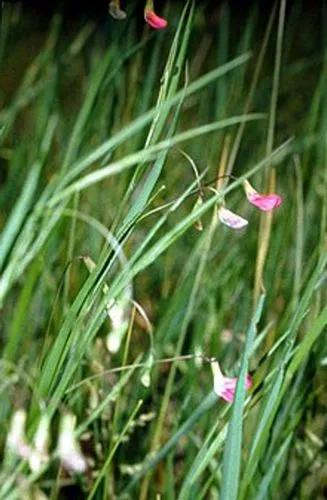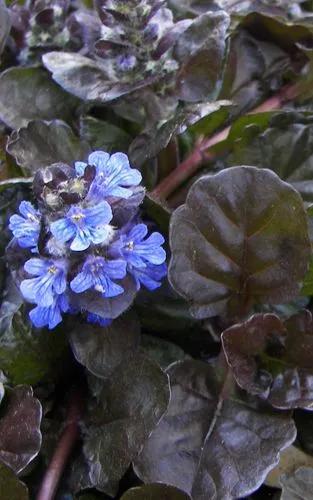The plant is 30–90 centimetres (12–35 in) high and wide, which grows as a perennial herbaceous or slightly woody plant on the ground. The stems stand upright. The leaves are broad ovate in outline and wedge-shaped in the petiole, the length of the leaves is more than 6 inches. The lower leaves are plumed, further up the stems they are increasingly entire. Deciduous leaves appear in the spring. They are alternate, lobed pinnatifid and toothed. They are up to 12 cm long, fleshy and covered with gray hairs. They exhale a strong smell when they are wrinkled. The plant's texture is thick and leathery. The many branches, which are silky and covered with a short down, form a dense tuft. The typical flower heads are radiated, that is to say formed of peripheral florets, female, zygomorphous, with ligules and central florets actinomorphous, tubulated, bisexual. The external bracts are herbaceous, with a narrow scariety margin. In complex total inflorescences are some to many cup-shaped partial inflorescences together. The tongue flowers can have in the many varieties of colors of green, white, or yellow, pink to purple. There are varieties with simple flowers that look like daisies and varieties with double flowers, looking like pompoms more or less big. The plant starts to bloom when the length of the day is less than 14 hours. To note, during the millennia and a half of cultivation, tens of thousands of different cultivars have been obtained, with flower heads of very different shapes, sizes and colors. It is mainly by looking at the leaves that one can know that it is a chrysanthemum.
Chrysanthemum Point Pelee Care
Chrysanthemum × Morifolium



How to Care for the Plant

Water

Pelee mums require a good amount of water to maintain optimum health. Allowing the plants to dry to the point of wilting will decrease longevity considerably.

Pruning

After they finish blooming, cut back the stems to about 8 inches tall. Or wait until spring and cut back the dead stems and foliage when new growth starts to emerge. Do not cut to the ground now. Transplanting can be done in the spring or fall, so next April will be fine.

Fertilizer

Pelee mums should not require any additional fertilizer while in the home. Commercial production of potted Pelee mums is a very specialized process resulting in optimum levels of nutrition in both the leaves and the soil of your plant. There is more than enough nutrition available to your potted Pelee mums to see it through its useful life over the Thanksgiving holiday.

Sunlight

A minimum of 12 hours of light (daily) will greatly increase the longevity of your potted Pelee mums.

Soil

Chrysanthemums do best in full sun in soil that is slightly moist, fertile, neutral to slightly acid, and well-drained. Make sure that plants are fertilized every two weeks from midsummer until buds begin to show color.

Temperature

For the most blooms and the longest life, place in a bright room with a comfortable temperature. Although Pelee mums can tolerate a large range of temperatures, they are happiest with a constant temperature in the range of 65º-70° F.

Container

Pelee' is a garden mum which bears single flowers in russet-red. Chrysanthemum is made up of both annuals, and perennials and are best known for their showy flowers. There are twelve different flowerhead forms which distinguish the different chrysanthemums.

Additional

Pelee' is a garden mum which bears single flowers in russet-red. Chrysanthemum is made up of both annuals, and perennials and are best known for their showy flowers. There are twelve different flowerhead forms which distinguish the different chrysanthemums.

Popularity

50 people already have this plant 9 people have added this plant to their wishlists
Discover more plants with the list below
Popular articles






